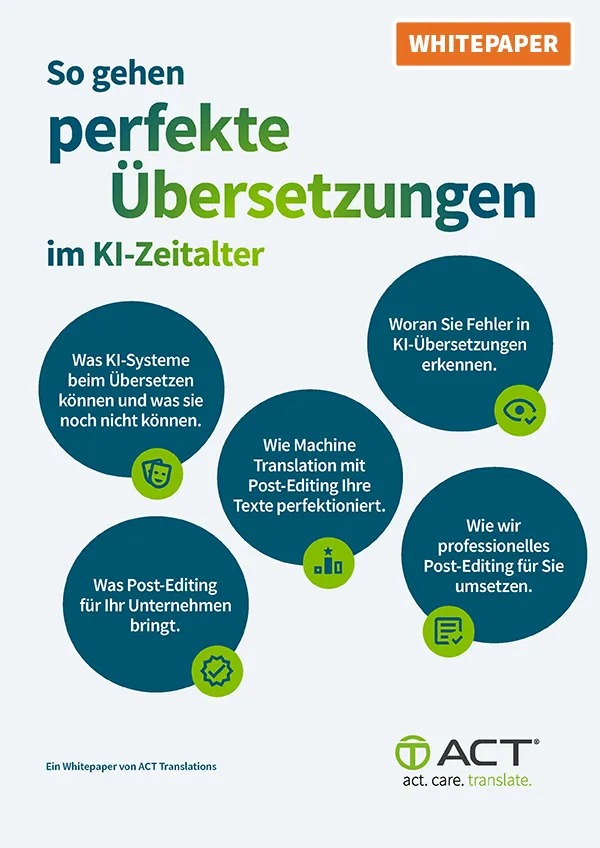Deciphering extinct scripts is one of the most exciting linguistic adventures in philology. Many legendary breakthroughs occurred at the intersection of archaeology and linguistics.
The breakthrough was followed by unconsciousness. When Jean-François Champollion realized on September 14, 1822, after years of exhausting work, that he could actually decipher Egyptian hieroglyphics, he ran to his brother, shouted “Je tiens l’affaire!” (“I’ve done it!”), and collapsed.
This anecdote, confirmed by several witnesses, is now as legendary as the sensational achievement of the French linguist. Despite several adversities and setbacks, he had achieved what had long been considered impossible.
His success was attributable the famous Rosetta Stone, which is now on display in the British Museum. It was discovered (and stolen) in 1799 by soldiers during Napoleon’s Egyptian campaign and ended up in London after the British victory over France in 1801. The stele fragment displays a text in Egyptian hieroglyphics as well as the translation into the Egyptian colloquial script Demotic and into Ancient Greek. This fragment was the basis for Champollion’s later success.
The mystery surrounding hieroglyphics exemplifies what it takes to decipher forgotten scripts: meticulous work, incredible perseverance, and the good fortune to find a point of reference. Linguistics is full of these types of stories. Here are three of the most exciting ones.
Linear Script B: A milestone for linguistics, archaeology, and history
Arthur John Evans has a lot in common with his great role model, Heinrich Schliemann, the explorer who discovered Troy. As a self-taught man, he was often not taken seriously. He used archaeological excavation techniques that made experts’ hair stand on end. He was stubborn and arrogant. But ultimately, he was very successful. After extensive research, Evans found the ruins of Knossos in Crete in 1900, providing the first evidence of the existence of the Minoan civilization.
However, Evans failed in one respect. He discovered a completely unknown script on numerous clay tablets, which he called Linear B, but despite vigorous attempts, he was unable to decipher it in his lifetime. This was partly due to the fact that he did not give others access to his findings. But he was also on the completely wrong track. Evans was convinced that Linear B represented the isolated language of the Minoans, in other words, a non-Indo-European language for which there was no point of reference.
This assumption was not corrected until the 1940s, when Evans’ estate was passed on to American classical philologist Alice Elisabeth Kober. Although she made great strides in understanding the script, she also failed to see the bigger picture of what was right in front of her eyes.
The breakthrough finally arrived in 1952, when English architect and linguist Michael Ventris was the first to come up with the idea that Linear B could be an early form of the Greek language. He made the discovery by searching the texts for Cretan place names that are still the same or similar today.
Incidentally, the texts were not particularly revealing in terms of content. They were insignificant administrative and trade-related notes that had been preserved purely by chance because the clay tablets were permanently hardened in fires. The implications for historical science were much more exciting. The deciphering of Linear B made it clear that Greek was already spoken in Mycenaean culture.
Two other Cretan scripts remain a mystery to this day. All attempts to decipher Linear A and Cretan hieroglyphic writing have failed so far.
An excellent documentary on the deciphering of Linear B (in German) can be found on YouTube.
Cuneiform script: Deciphering through teamwork
Cuneiform script was used in several languages. The Sumerian version is almost 5,500 years old, making it the oldest known script today alongside Egyptian hieroglyphics.
The complete unfamiliarity of the script meant that it remained an unsolved mystery for centuries. As early as 1621, Roman explorer Pietro della Valle was fascinated by the inscription on a brick found in Persepolis. Deciphering it was not a sudden scientific breakthrough, but a process that took half a century and passed through many hands.
It began with German archaeologist Georg Friedrich Grotefend, who was the first to postulate that cuneiform was actually some sort of alphabetical characters. In 1802, Grotefend succeeded in identifying the names of kings Darius and Xerxes in copies of a text. This laid the foundation.
Thereafter, scientists such as Christian Lassen, Henry Creswicke Rawlinson, Edward Hincks, and Jules Oppert built on it step by step. The Behistun inscription on a rock in what is now Iran played a key role in these efforts. Like the Rosetta Stone, it was also trilingual. The text, in which King Darius I praised himself at length, was written in Old Persian, Elamite, and Babylonian. Once Rawlinson deciphered the Old Persian script, the two more complex cuneiform scripts were no longer a problem.
The grand finale took place in London, and it sounds like the conclusion of a Jules Verne novel. At that time, there were still doubts as to whether the script had actually been correctly deciphered. For reassurance, the Royal Asiatic Society sent a transcript of a newly discovered Assyrian text in sealed envelopes to four eminent authorities: English archaeologist and linguist Henry Creswicke Rawlinson, English photographer and polymath William Henry Fox Talbot, Irish Egyptologist and Assyriologist Edward Hincks, and German-French ancient orientalist Jules Oppert. The four experts, who knew nothing about the test, ultimately provided the Royal Asiatic Society with largely consistent versions. On May 25, 1857, the panel announced the official result of the “Great Cuneiform Decipherment Test”: The mystery had been solved.
Hittite is Indo-European after all?
Deciphering the Hittite language presented researchers with a different kind of problem. Starting in the 1890s, the first clay tablet that could be clearly attributed to the Hittite Empire fragments were found in Anatolia. They were written in a variant of cuneiform script. Researchers were able to read the script, but unfortunately, they could not understand it because the language itself was unknown.
As was the case with Linear B, the mystery was solved by questioning established opinions. Until then, the prevailing hypothesis in research stipulated that Hittite was not an Indo-European language. The first doubts about this assumption arose as early as 1902, but it was not until 1915 that Czech linguist Bedřich Hrozný was able to prove the opposite. It became apparent in the first sentence that Hrozný was able to translate: “You eat bread, but you drink water.” – “NINDA-an ēzzateni, wādar-ma ekuteni.” The Old High German ezzan and the Old Low German watar were clearly recognizable.
If you want to know what Hittite (probably) sounded like, you can find out in this YouTube video (in German).




